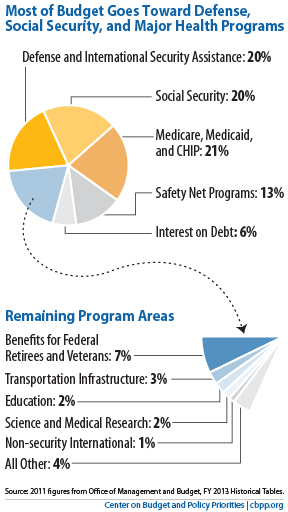

| Visitors Now: | |
| Total Visits: | |
| Total Stories: |

| Story Views | |
| Now: | |
| Last Hour: | |
| Last 24 Hours: | |
| Total: | |
In 2011, Food Poisoning Killed 3,037 Americans, Sickened 48.7 m, hospitalized 127, 839. Terrorism killed 17.
Somewhere, somehow, we’ve got our priorities in the wrong order. In our Permanent War Economy, we spend almost 30% of our entire GDP protecting our citizens from armed, terrorist attacks, while millions succumb to a lack of oversight in the cleanliness of the local food supply.
In 2011, the year of Osama bin Laden’s death, the State Department reported that 17 Americans were killed in all terrorist incidents worldwide. The same year, a single outbreak of listeriosis from tainted cantaloupe killed 33 people in the United States.

Foodborne pathogens also sickened 48.7 million, hospitalized 127,839 and caused a total of 3,037 deaths.
This is a typical year, not an aberration.
One of the most important revelations from the international drama over Edward Snowden’s NSA leaks in May is the exposure of a nearly lunatic disproportion in threat assessment and spending by the US government. This disproportion has been spawned by a fear-based politics of terror that mandates unlimited money and media attention for even the most tendentious terrorism threats, while lethal domestic risks such as contaminad food from our industrialized agribusiness system are all but ignored. A comparison of federal spending on food safety intelligence versus antiterrorism intelligence brings the irrationality of the threat assessment process into stark relief.


